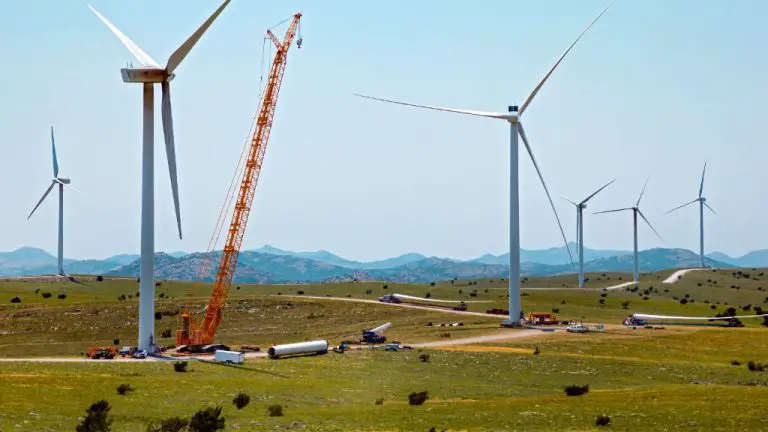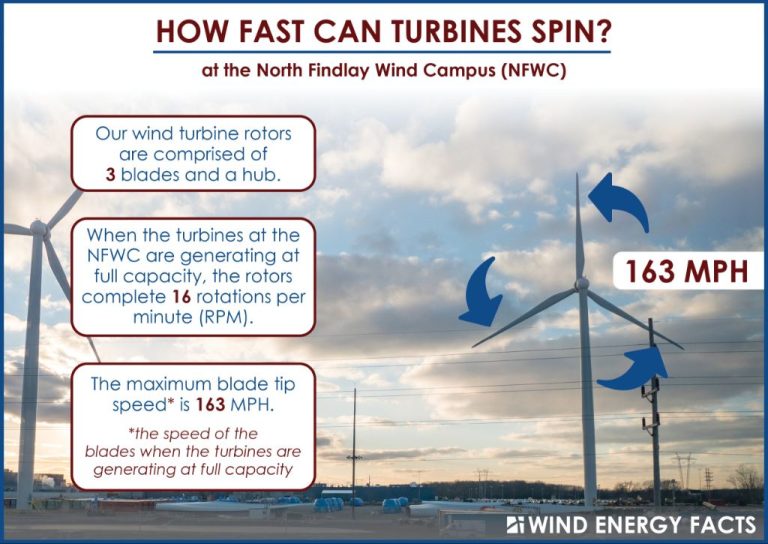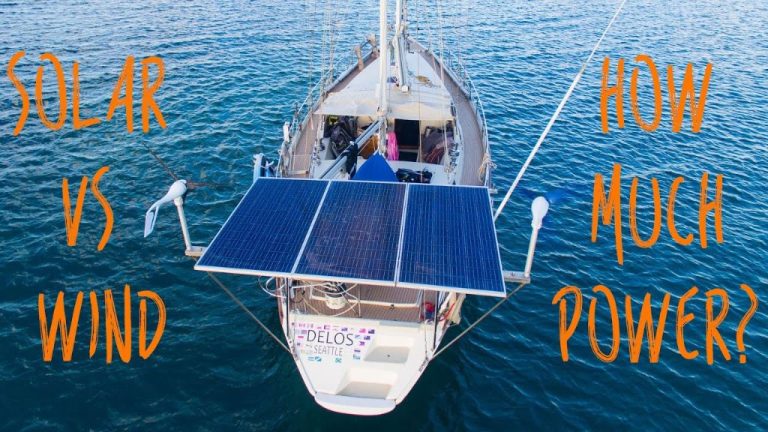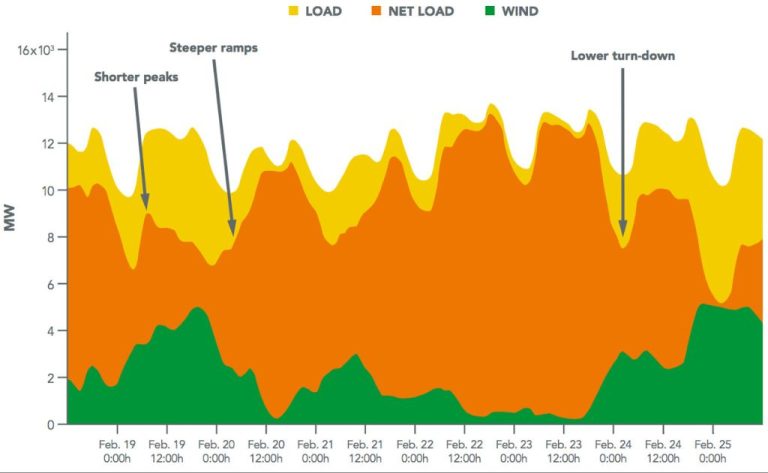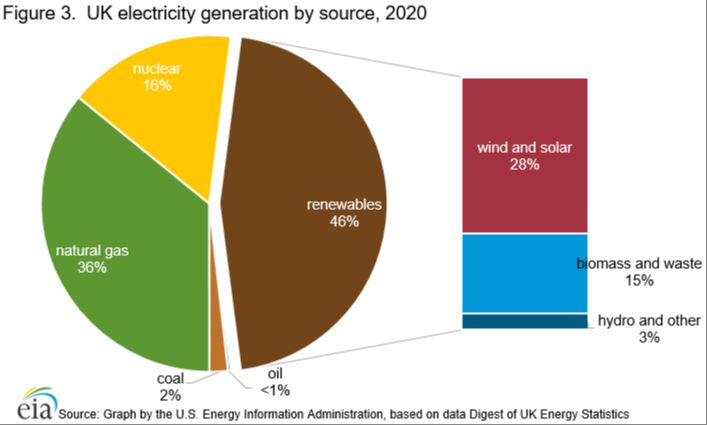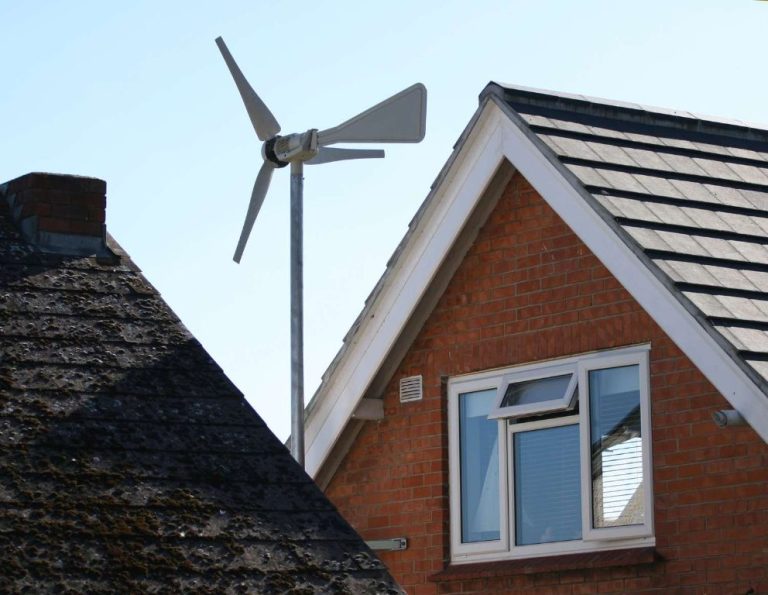Is Wind A Potential Energy?
What is Wind?
Wind is simply air in motion. It is caused by differences in air pressure within our atmosphere. Air flows from areas of high pressure to areas of low pressure, driven by what is known as pressure gradient force. The greater the difference in pressure, the stronger the force and the higher the wind speed.
Wind exists at all scales, from local breezes lasting a few minutes to global winds resulting from solar heating of the Earth. The primary cause of large-scale atmospheric circulation is the uneven absorption of solar energy by the Earth’s surface. As air warms, it becomes less dense and rises, while cooler denser air sinks, creating wind patterns across the planet.
What is Potential Energy?
Potential energy is energy that is stored within a system based on an object’s position or arrangement. It refers to the capacity for doing work that an object possesses due to the nature of its position relative to other interacting objects. Potential energy can be thought of as stored energy that has the potential to be used to perform work. Some common types of potential energy include:
– Gravitational potential energy: This is energy stored due to the height of an object above the ground in a gravitational field. The higher the elevation, the greater the gravitational potential energy.
– Elastic potential energy: Energy stored in elastic materials or objects as a result of deformation. It can be released when the stress on the elastic material is removed.
– Chemical potential energy: Energy stored in the chemical bonds within a substance. It can be released in chemical reactions when the bonds are broken.
– Electric potential energy: Energy stored in an electric field between charged particles or systems with different electric potentials. It can be released to power electric circuits.
The key defining aspect of potential energy is that it is not yet actively being used to do work, but has the potential to be released or converted to do work later on. It is stored energy waiting to happen. Understanding the concept of potential energy is useful across many fields of science and engineering.
Wind is Created by Uneven Heating
Winds are caused by differences in air pressure, which are the result of uneven heating of the Earth’s surface by the sun. As the sun heats the Earth’s surface, the air above it also warms. Warm air expands, becomes less dense, and rises. At the same time, cooler denser air rushes in to take its place, creating wind.
This uneven heating happens because the Earth’s surface is made up of different types of terrain, like oceans, forests, deserts, and mountains. These absorb and reflect heat at different rates. For example, land heats up more quickly than water. As land heats up faster than nearby water, warm air rises above the land, and cooler air from above the water moves in. This causes onshore breezes during the day, and offshore breezes at night.
The regions near the equator receive more direct sunlight than the poles. Therefore, warm tropical air rises and moves towards the poles. Cooler polar air moves down towards the tropics, creating global wind patterns. The rotation of the Earth also affects global wind patterns, known as prevailing winds.
Wind Contains Kinetic Energy
Wind possesses kinetic energy as a result of air molecules in motion. Kinetic energy is energy from movement. The movement of massive amounts of air molecules in Earth’s atmosphere gives wind kinetic energy. The faster the wind speed, the more kinetic energy it contains because the air molecules are moving faster.
Wind gets its kinetic energy ultimately from the heating of the planet by the sun. As areas of Earth’s surface heat unevenly, temperature differences are created. Air molecules flow from high pressure areas to low pressure areas due to these temperature differences. This flow of air molecules in the form of wind transfers kinetic energy across the planet’s surface. The greater the differences in temperature and pressure, the faster the air flows as wind.
Height Stores Potential Energy in Wind
Wind gains potential energy when it blows higher above the earth’s surface. This is because potential energy is stored based on an object’s height above a reference point. The higher up the wind blows, the more gravitational potential energy it contains relative to wind closer to the ground.
This potential energy contained in high-altitude wind can be captured and converted into kinetic energy – the energy of motion. When wind turbines are placed in areas of fast, high-altitude winds, the spinning blades convert the wind’s potential energy into rotational kinetic energy. This kinetic energy can then be used to generate electricity.
Harnessing the potential energy in high-altitude wind is one of the most useful ways to utilize wind power. Wind speed generally increases with height above the ground. By elevating wind turbines on tall towers or placing them offshore where winds blow strongly and consistently, much more potential energy can be captured and converted to electricity.
Wind Turbines Convert Potential to Kinetic
One of the main ways we harness the potential energy in wind is through wind turbines. Wind turbines are designed to capture the kinetic energy of moving air (wind) and convert it into electrical energy that we can use. This conversion works because of the physics of wind.
Wind initially forms when areas of high and low air pressure cause air movement from high to low pressure. As this air moves and gains speed, it develops kinetic energy proportional to its velocity squared. The faster the wind, the more kinetic energy it carries.
Wind turbines are placed in areas with consistent, strong winds. As the wind pushes the turbine blades, it causes them to spin around a rotor. This rotational motion turns a shaft connected to a generator, which converts the kinetic energy of the spinning shaft into electrical energy through electromagnetic induction.
So in summary, wind turbines are able to harness the potential energy that exists in wind and convert it into useful electricity. The potential to kinetic energy conversion happens because the turbines capture wind’s kinetic energy and transform it into rotational kinetic energy to spin turbines, which can then be turned into electrical energy for human use.
Other Ways to Harness Wind Potential
In addition to large wind turbines, there are other ways to harness the potential energy in wind for practical uses. Kites, boats, and gliders are all designed to take advantage of wind’s potential energy through motion.
Kite sailing uses the lift of a large kite to pull a sailor across water on a small craft like a kayak or surfboard. As the kite moves across the sky, it draws energy from the wind and transfers some of that energy through the kite line to pull the vessel. In competitions, kite sailors can reach speeds over 50 mph.
Sailboats similarly capture the kinetic energy of wind with their sails, converting wind potential into motion. The principles of aerodynamics and Bernoulli’s principle allow the sails to generate lift and propel the boat. Sailboats can typically travel faster than the actual wind speed.
Gliders also rely on wind potential to climb and stay aloft without engines. The aerodynamic wings allow gliders to gain altitude through lift and remain in the air as long as there are updrafts and rising air currents to provide lift. Soaring for hours or hundreds of miles is possible by effectively harnessing the potential energy in wind.
Therefore, wind’s potential can be harnessed on both large and small scales, for electricity generation or recreation and transport. Any object that can soar by generating lift can tap into the potential energy stored in wind.
Wind Potential Depends on Speed and Height
The potential energy contained in wind depends significantly on two main factors – wind speed and height above the ground. Faster winds and winds higher above the surface contain much more potential energy that can be captured and converted.
Wind speed is critically important because the kinetic energy of wind grows exponentially with velocity. Doubling the wind speed increases the power in the wind by a factor of eight. This cubic relationship means high winds contain vastly more potential energy than light breezes.
Height is also key because winds are generally faster and less turbulent higher above the ground. At 100m elevation winds can average 25-40% faster than at 10m. Harnessing these high-altitude winds is therefore hugely beneficial in terms of potential energy capture.
The best locations for wind energy have both high average wind speeds and tower heights of 80m or more. The combination of fast and high winds offers the greatest potential energy that can be converted into electrical power by wind turbines.
Even modest increases in wind speed and tower height unlock significantly more potential energy. This makes careful site selection and turbine design optimization critical for maximizing the potential from wind.
Limits and Challenges of Wind Potential
While wind power offers renewable energy potential, it also comes with some inherent limits and challenges:
Intermittency: Wind speeds constantly fluctuate, leading to an inconsistent power supply. Wind turbines only generate electricity when wind speeds are within their operating range, typically between 7-25 mph. When the wind dies down, electricity generation drops off, creating reliability issues.
Storage: Since supply doesn’t always align with demand, energy storage solutions are needed to capture excess electricity and deploy it later when wind conditions are calm. But large-scale energy storage is complex and expensive.
Transmission: The best wind sites are often far from population centers that need the electricity. New transmission lines are costly and difficult to build due to regulatory and permitting obstacles. Congestion can also arise on shared infrastructure.
While these challenges remain, technologies like forecasting, smart grids, transmission upgrades, energy storage innovations, and geographic distribution of turbines can help maximize the potential of wind as a sustainable energy source.
Conclusion
In summary, wind does contain potential energy that can be harnessed for human use. Wind is generated by the uneven heating of the earth’s surface, which creates areas of high and low pressure. This pressure differential drives air masses to attempt to reach equilibrium, resulting in wind. The faster the wind speed, the more kinetic energy it contains. However, wind also contains potential energy due to the gravitational effects of altitude. At higher heights above sea level, the potential energy contained in wind is greater. This potential energy can be tapped by using wind turbines, which convert wind’s potential energy into rotational kinetic energy in order to generate electricity. Other methods like windmills can also take advantage of wind’s potential energy for mechanical work. The total potential energy available from wind depends on the wind speed and height above ground. There are limits to the amount of potential energy that can be extracted from the wind within the constraints of the laws of physics. Overall, wind represents a renewable energy source with meaningful amounts of potential energy that can be harnessed in various ways.

